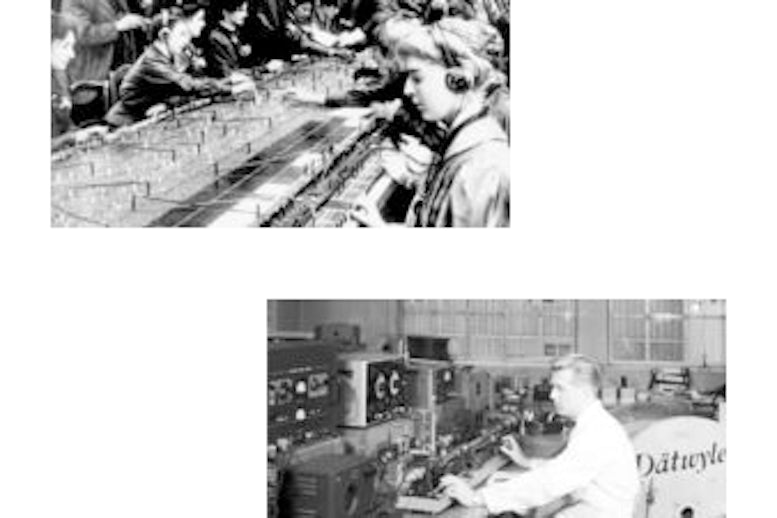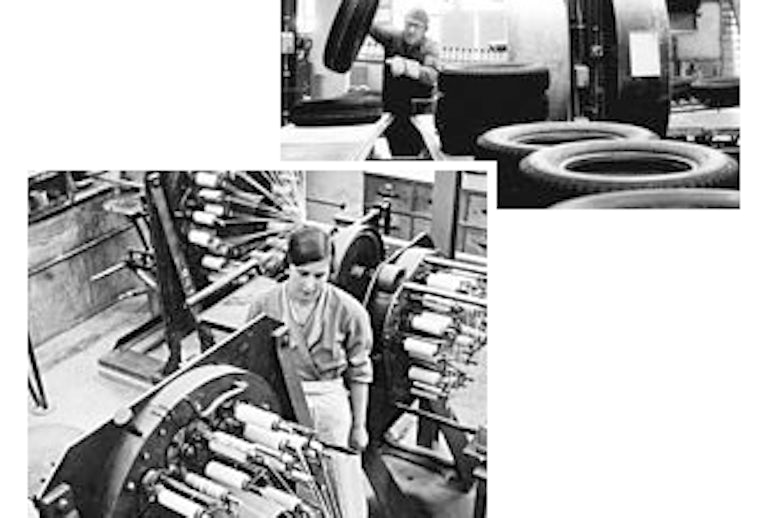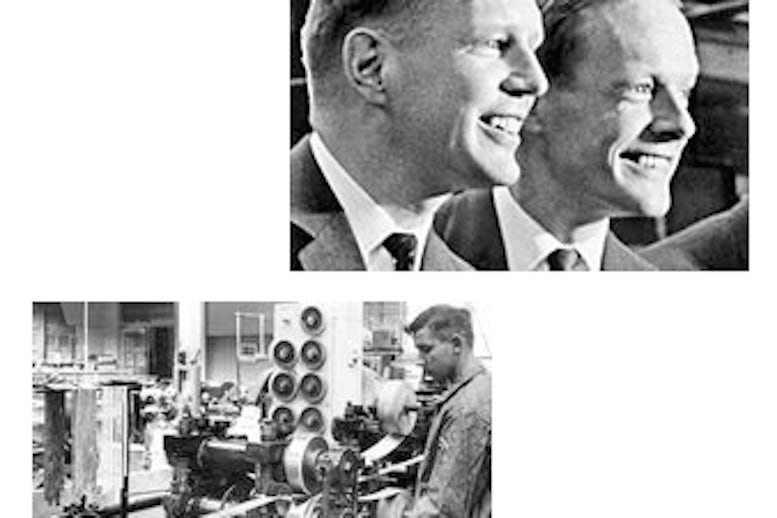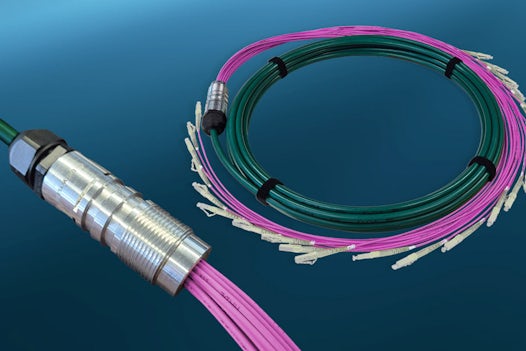
100 años de Datwyler

100 años de Datwyler
A short digression on an eventful history
In 1915 Adolf Dätwyler, an Aargau farmer’s son, was probably the only person who still believed in the potential of debt-ridden Schweizerische Draht- und Gummiwerke in Altdorf in the Swiss mountain canton of Uri. In a pioneering spirit he courageously took over the management of the ailing company and
restructured it.
In June 1917 the young director bought the firm with the help of a group of investors. By 1920 the Dätwyler family were majority shareholders, and from 1946 onwards the company also bore its owners’ name: from then on it was known as Dätwyler AG.

Creando valor para los clientes
The demand for wires and cables increased with electrification and the onward march of telephone, radio and television.
Adolf Dätwyler identified the needs of his time and in 1921 began manufacturing so-called enamelled wire which was used in telephone exchanges and in the telephones themselves.
Subsequent parallel developments were lead-sheathed cable (1929), high voltage cable (1944) and television cable (1956).
Adolf Dätwyler succeeded in creating value for his customers. He realised that long-term success could only be achieved with the best products. At an early stage he employed scientifically trained staff and invested in research and development.

Aprovechando las oportunidades del mercado
The automotive industry, then still in its infancy, sparked the ambition of Adolf Dätwyler, an enthusiastic motorist. He wanted to use existing rubber know-how for the production of car tyres. In 1935, defying the atmosphere of crisis, he signed a licensing agreement with the US Firestone group. He opened a factory for the manufacture of car tyres in Pratteln, near Basel. The factory contributed to total earnings for approximately 30 years before being sold back to the American parent company at a profit.
From 1940 onwards the largest scrap rubber regeneration plant in Switzerland was running at full capacity in Altdorf. Motoring was severely restricted during the war, so Dätwyler began producing bicycle tyres in 1941.
Further innovations from the war years testify to the fact that Dätwyler was adept at identifying future trends and even created success stories when times were hard. In 1945 the Cable Division developed the world’s first plastic-insulated high voltage cable, and the specially launched Plastokork floor coverings were based on advanced plastics technology.

La compañía se reinventa a sí misma
From the mid-50s the next generation was ready to play its part in the shape of Peter and Max Dätwyler. After completing their studies both Adolf Dätwyler’s sons had continued on-the-job training in the Altdorf and Pratteln plants as well as in the USA. As the powers of the company founder began to decline, his sons recommended forming a holding company. This was established shortly before Adolf Dätwyler’s death in the autumn of 1958.
Peter and Max Dätwyler were now managing the entire group of companies and initiated a more broadly based management culture. Inventiveness and a great deal of freedom of research was encouraged.
The company, now over 50 years old, flourished and continued to change. From 1967 onwards the cable, rubber and floor coverings divisions operated as three independent units. This early divisional organisation was controversial – and paved the way for expansion abroad.

Haciendo lo que otros no hacen
After 1970 it became increasingly obvious that simple mass-produced items no longer brought long-term success. The future lay in doing what others could not. Back in 1967 Datwyler produced the first flat special cables. In 1973 this was followed by the first flat cable for use in lifts with shafts of up to 400 metres in height. In 1975 the company set a milestone with its “Pyrofil 250” fire-resistant cable. In 1986 Datwyler was one of the first to produce single-mode and multimode fibre optic cable for public and private communication networks.
With the aim of securing the long-term future of the Datwyler Group, achieving a broader base and increasing liquidity, Peter and Max Dätwyler floated half the company capital on the Swiss stock market in 1986. At the same time, they developed a unique succession policy: since 1990 the Management Board of the listed Dätwyler Holding company has controlled a majority of votes as trustees. It does this by way of Dätwyler Führungs AG and Pema Holding AG, set up by the Dätwyler brothers in 1990. A shareholder agreement ensures that when directors step down they transfer their shareholding in Dätwyler Führungs AG to their successors at no financial gain. With this succession arrangement, Peter and Max Dätwyler waived substantial assets, thereby creating a viable ownership construct.
Towards the end of the 20th century globalisation was gathering pace. Datwyler took up the challenge: in 1998 the Cable Division expanded into China and profited from the dynamic growth in this part of the world. Intensive development of the booming Middle Eastern markets followed a few years later.
In late 2012 the Datwyler Group transferred the cable business to majority shareholder Pema Holding AG. Since then Dätwyler IT Infra AG, now independent, has been investing heavily. The Altdorf plant has been radically modernised. In 2014 Datwyler merged the two Chinese plants into a new cutting-edge factory in Taicang.
By its 100th anniversary Datwyler IT Infra has become an international provider of high-performance products and system solutions for electrical and communications infrastructures in public and commercial buildings and data centres and for FTTx networks. With its strong Swiss roots and a 100 year-old tradition of quality and performance, the company is a leading innovator in ICT network, safety cable system and lift cable applications. Successful on the market not only as a supplier of innovative products and systems, Datwyler – in close cooperation with competent local partners – also provides its customers with premium quality services, right through to the turnkey implementation of entire projects.







